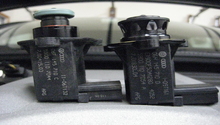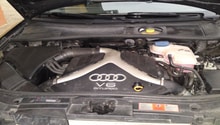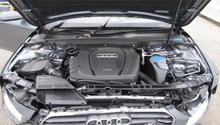Audi A4 B7: Engine Performance Diagnostic Guide
There are many different issues that your Audi's engine can suffer from and they can all have very similar symptoms. Learn how to find the most likely culprits by properly diagnosing her.
This article applies to the Audi A4 B7 (2004-2008).
Your Audi A4 is one fine luxury sports car. German automobile engineering has a great reputation for high quality and longevity. This doesn't mean you will have a trouble-free ownership experience. The A4 can suffer from a myriad of different performance problems, which are compounded with the fact that you have a turbo charger in addition to an engine. So when things go wrong, it can be a real challenge to figure out what the problem actually is. This can be challenging even for a professional, as two cars with the same symptoms can have two very different problems. This translates into a lot of money spent in labor just trying to figure out what is wrong, let alone fix it. You can save yourself a lot of money by learning how to diagnose the problem yourself and relieve your professional mechanic of some of the labor going into looking at it. Use this guide to help you understand what your issues could be and whether or not they are something you want to take on or need to call in reinforcements to get her repaired.

Step 1 – Check your PCV valve
A bad PCV (Crankcase Breather Valve in Audi-speak) can cause a really bad idle experience.
If your car is idling really rough, such as cycling through high and very low RPMs, and feels like it will almost stall, but not quite....you most likely need a new PCV valve. This valve may also emit a shrieking or squealing noise when the engine is running and it has gone bad. This valve controls the positive crankcase ventilation by releasing the excess pressure created by the moving valves. When this inexpensive little part goes bad, you'll not only get a rough idle, but you will start getting sludge and carbon buildup if left unchecked. On your Audi, it also comes with a rubber boot and if your boot looks good, you don't need to replace that as well. Just the PCV valve, and it is a simple plug-and-play operation that anyone can perform. It is located under your intake manifold and has a hose coming off of the top. Simply disconnect the hose, pull and replace the valve.

If you have changed your PCV valve and the problems still exist, carry on.
Step 2 – Replace your spark plugs or coils
When an engine runs rough, besides being starved of oxygen, it just may not be getting a spark.
When your engine is running rough, both at idle and while running, you could have a spark issue. The coil packs control the spark timing of each plug and sends that electrical signal through the plug wires and down to the plugs themselves. Either one or all three of these components can be bad. The plugs and coils are really easy to change. The dealership may charge you $100 or more just to change out one coil. You can spend much less than that and get all four done in under 30 minutes.
(Related Article: How to Replace Ignition Coils and Spark Plugs - AudiWorld)
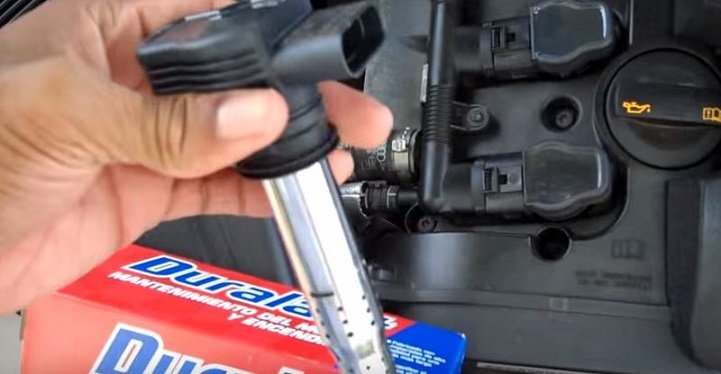
Related Video: Changing Audi Ignition Coils
If your car is still running rough after changing your plugs and coils, you may have some more internal problems.
Step 3 – Check your injectors
Your injectors may be bad or clogged, causing too little fuel and inadequate combustion.
Bad or clogged injectors is a common problem on many vehicles. The fuel used these days with a myriad of additives has helped, but cannot completely eliminate carbon buildup. The cheap, fast and easiest fix is to dump a bottle of injector cleaner or another product, such as Sea Foam, into your fuel tank. You should start seeing a gradual improvement in performance, as this product goes through and starts to clean up those injectors. If they truly are just clogged and not damaged, this should do the trick for you. If they are damaged, you will need to have them checked out and replaced. Even if there is one bad one, you should just replace all four, since you are in there anyway. This is a simple job that takes nothing more than an Allen wrench and 20 minutes of your time.
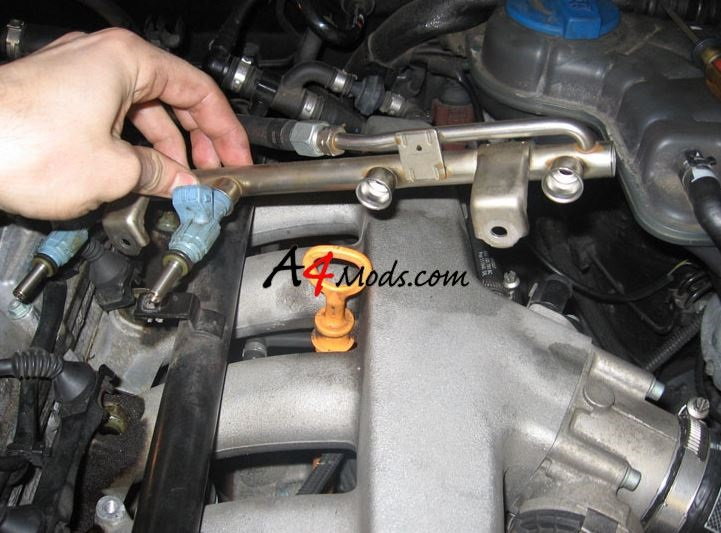
If your car isn't just idling and running rough, but has a noticeable lack of power, you may have a valve problem.
Step 4 – Replace your diverter valve
The diverter valve blows out the excess turbocharger boost when it is no longer needed, and when this goes bad, you experience a great lack of power.
The diverter valve usually triggers a CEL code P0299 when it goes bad. In almost all cases, the car is greatly under powered when the turbo charger would normally be engaged, such as when making a pass. The original version of this valve was made of plastic and a flexible rubber type material for the bladder. This material was very soft and tears rather easily. In fact, for the owners with this original equipment installed, it is not a matter of if the valve will fail, but when it will fail because, undoubtedly, it will. Fortunately, Audi redesigned and re-manufactured this valve into a heavy duty version made of plastics and metal that will last for the lifetime of the car. This replacement part costs about $60 and can be installed by a complete novice in less than 30 minutes.
(Related Article: How to Replace Diverter Valve/Blow Off Valve - AudiWorld)
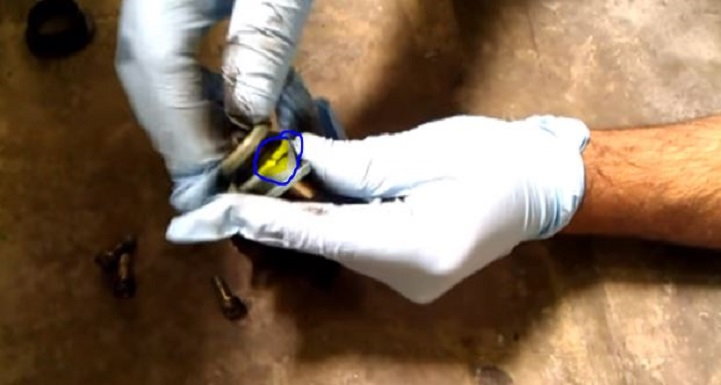
Related Video: How to Replace Diverter Valve
Related Discussions
- Help! P0303. Ran Outta Ideas - AudiWorld
- Loud Constant Squeak Coming From Center of Engine - AudiWorld
- Idle/Shaking Problem - AudiWorld
- Hard to Start When Cold and Rough Idle - AudiWorld


